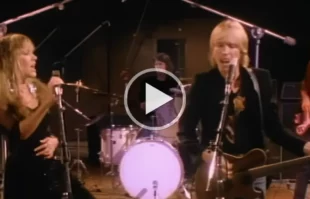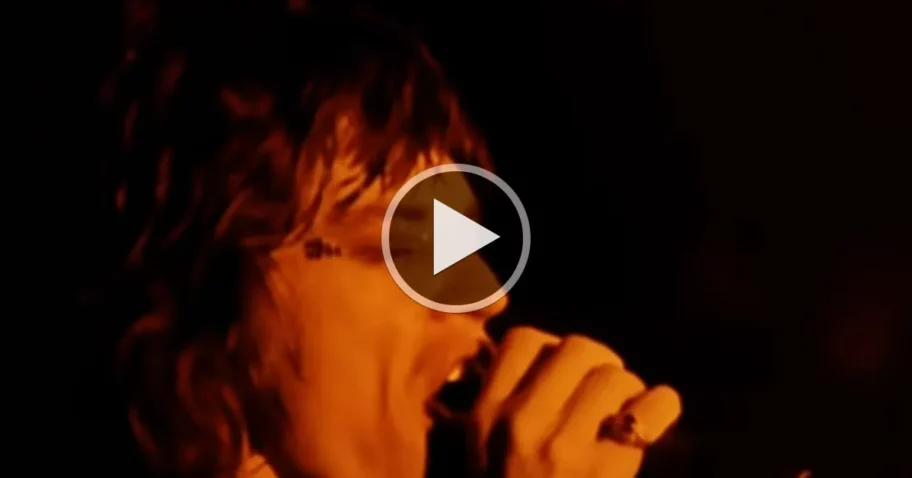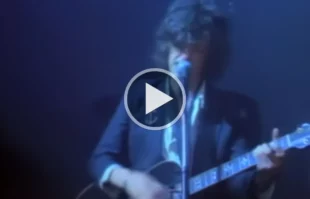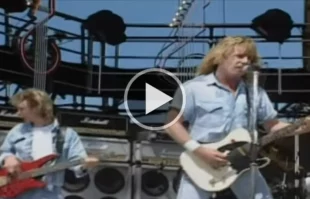Author: rockadmin
2Cellos Takes on "Thunderstruck": A Classic Reimagined When 2Cellos decided to cover AC/DC's "Thunderstruck," they turned the rock world upside down. Using only two cellos, Luka Šulić and Stjepan Hauser,.
Keith Richards Rocks "I'm Waiting for the Man" Keith Richards, the legendary guitarist of The Rolling Stones, has always known how to capture the raw essence of rock. His rendition.
"Long Train Runnin'" by The Doobie Brothers: A Ride Back to Classic Rock The Doobie Brothers released "Long Train Runnin'" in 1973, and it quickly became a hallmark of classic.
"Stop Draggin' My Heart Around" – Stevie Nicks' Anthem of Resilience "Stop Draggin' My Heart Around" is a powerful duet that hit the airwaves in 1981, becoming an instant classic..
"The Whole of the Moon" by The Waterboys: A Timeless Journey Have you ever felt a song capture your dreams and doubts all at once? "The Whole of the Moon".
Rocking to the Core: "Whatever You Want" by Status Quo Remember the thrill of hearing the opening guitar riff of Status Quo's "Whatever You Want" for the first time? That.










